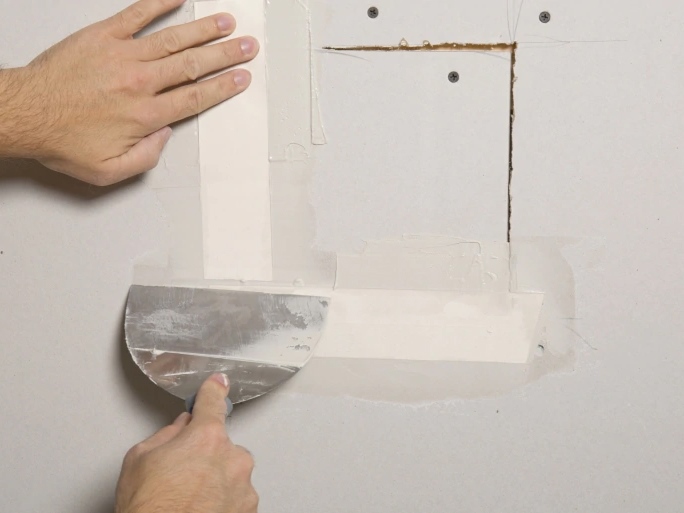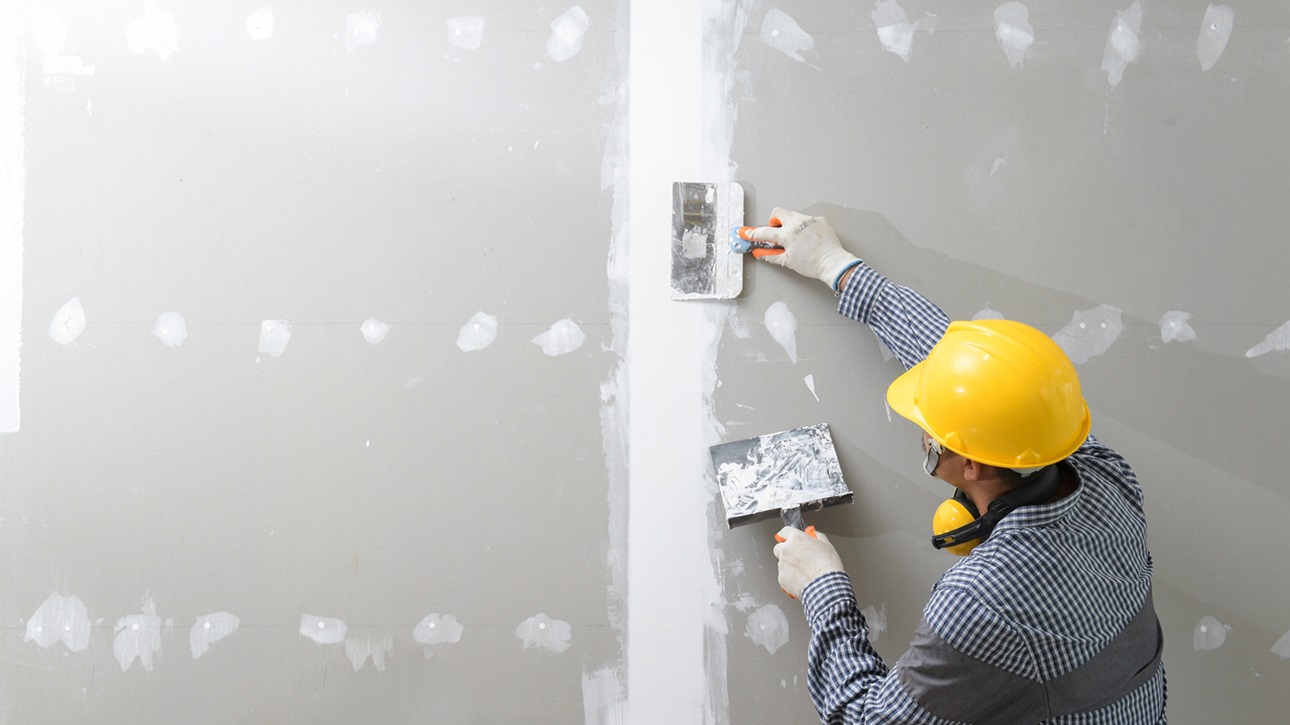Expert Sheetrock Repair Fort Worth for Quick Fixes
Expert Sheetrock Repair Fort Worth for Quick Fixes
Blog Article
Drywall Installment Facilitated: Tips for Perfect Results
Drywall installation is commonly perceived as a daunting job, yet with the appropriate approach and understanding, it can end up being a workable endeavor. Choosing high quality materials and preparing the setup area are crucial initial steps that establish the structure for success. Moreover, mastering methods for reducing, hanging, and completing drywall can significantly impact the result. As we explore these essential pointers, you might discover that also the tiniest changes in your technique can lead to extremely boosted results, leaving you to consider how these practices can transform your following job.
Picking the Right Materials
Choosing the appropriate products for drywall setup is vital to achieving a durable and cosmetically pleasing coating. sheetrock repair fort worth. The primary part, drywall sheets, commonly come in various densities, with 1/2-inch sheets being conventional for interior walls. For locations calling for additional moisture resistance, such as kitchens or restrooms, consider using environment-friendly board or cement board, which are specially developed to withstand moisture

Furthermore, selecting the right bolts-- either nails or screws-- is vital for protecting the drywall to the framework. Drywall screws are typically preferred for their holding power and reduced danger of popping. Take into consideration the finishing touches such as primer and paint, which not just improve the appearance yet also protect the drywall from wetness and wear.
Preparing the Installation Area
Before starting the drywall installation procedure, it is necessary to prepare the installation area extensively. This prep work entails numerous critical steps to make certain a successful and smooth project. Clear the area of any kind of furnishings, home appliances, or blockages that can prevent accessibility. A tidy office minimizes the risk of damage to existing items and allows for effective activity throughout installment.
Following, inspect the walls and ceiling for any type of blemishes, such as splits, holes, or mold. Address these problems beforehand; spot any kind of damages and enable enough time for repairs to dry. Additionally, make sure that electric outlets, buttons, and plumbing are correctly placed and made up, as this will certainly affect drywall positioning.
Think about the ecological conditions also. A secure temperature level and moisture degree are crucial for ideal attachment and efficiency of the drywall materials. Use a dehumidifier or heater to create ideal problems. if required.
Cutting and Hanging Drywall
The trick to reliable drywall installment hinges on the accurate cutting and hanging of the panels. Begin by determining the room properly, taking into account any obstructions such as electric outlets or home windows. Use a straight side and an utility knife to score the drywall along your dimensions, then break it along the scored line for a clean break. For even more detailed cuts, such as around electrical outlets, a drywall saw can be used for precision.

Always function from the top down and left to right, guaranteeing that you keep a staggered pattern to enhance security. Properly hanging the drywall sets the foundation for a smooth coating, ultimately causing remarkable lead to your drywall job.
Taping and Mudding Strategies
While correct cutting and hanging dig this of drywall establishes the stage, the next important action involves mastering taping and mudding strategies to make sure a smooth surface. Taping is important for reinforcing joints and avoiding splits; it includes embedding tape right into the applied joint substance (mud) Begin with a high quality fiberglass or paper tape, using the tape over the joint and pressing it right into the damp mud making use of a taping knife, guaranteeing no air bubbles stay.
As soon as the tape is in area, use a thin layer of joint compound over the tape, feathering the sides to create a smooth shift to the drywall surface. Enable this layer to dry totally before sanding it gently to eliminate blemishes. Repeat this process, applying extra coats of mud as essential-- usually 2 to 3 coats-- while slowly expanding the application area with each layer to achieve a smooth appearance.
After the final layer dries, sand the surface with a fine-grit sandpaper up until smooth. drywall contractor. Keep in mind to use a mask throughout fining sand to stay clear of breathing in dirt fragments. Grasping these taping and mudding strategies is essential for attaining a professional-quality surface in your drywall installation
Completing Touches for Perfection
Achieving a flawless drywall installation surpasses taping and mudding; it finishes in the completing touches that boost the general appearance. These last actions are important in ensuring a professional-grade coating that enhances the visual appeals of your space.
Begin by sanding the dried joint compound to create a smooth surface. Use a fine-grit sandpaper and a sanding block or post sander for ideal control. Pay specific focus to sides and corners, as these areas tend to require more precise work. After fining sand, clean down the wall surfaces with a damp cloth to eliminate any dust particles, guaranteeing a tidy surface area for paint.
Following, use a guide especially designed for drywall. This step is crucial, as it assists secure the joint substance and gives an uniform base for the overcoat. When the guide dries, examine for any blemishes, and touch up as needed.
Conclusion
In verdict, effective drywall installation pivots on the cautious option of products, detailed preparation of the installment area, and precise execution of reducing and hanging techniques. Proficiency of taping and mudding procedures is vital for accomplishing a smooth coating.
Drywall setup is frequently perceived as an overwhelming task, yet with the best method and understanding, it can end up being a workable endeavor.Picking the suitable products for drywall setup More about the author is vital to attaining a resilient and aesthetically pleasing coating.Prior to beginning the drywall setup process, it is important to prepare the installation location completely. Mastering these taping and mudding methods is important for accomplishing a professional-quality coating in your drywall setup.
In verdict, successful drywall installation hinges on the mindful choice of products, thorough prep work of the setup area, and precise implementation of cutting and hanging techniques.
Report this page